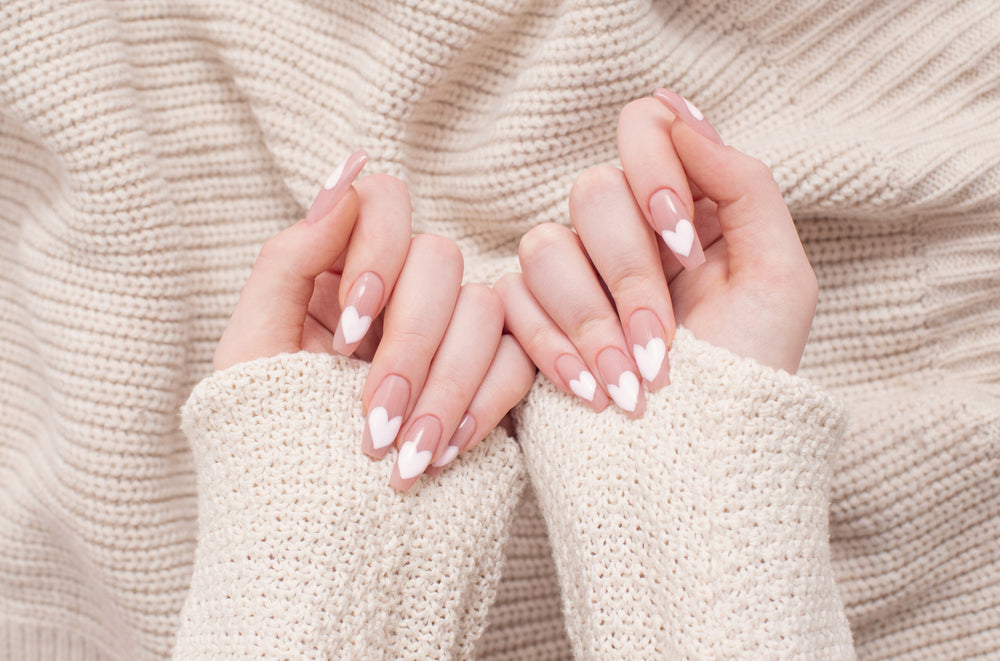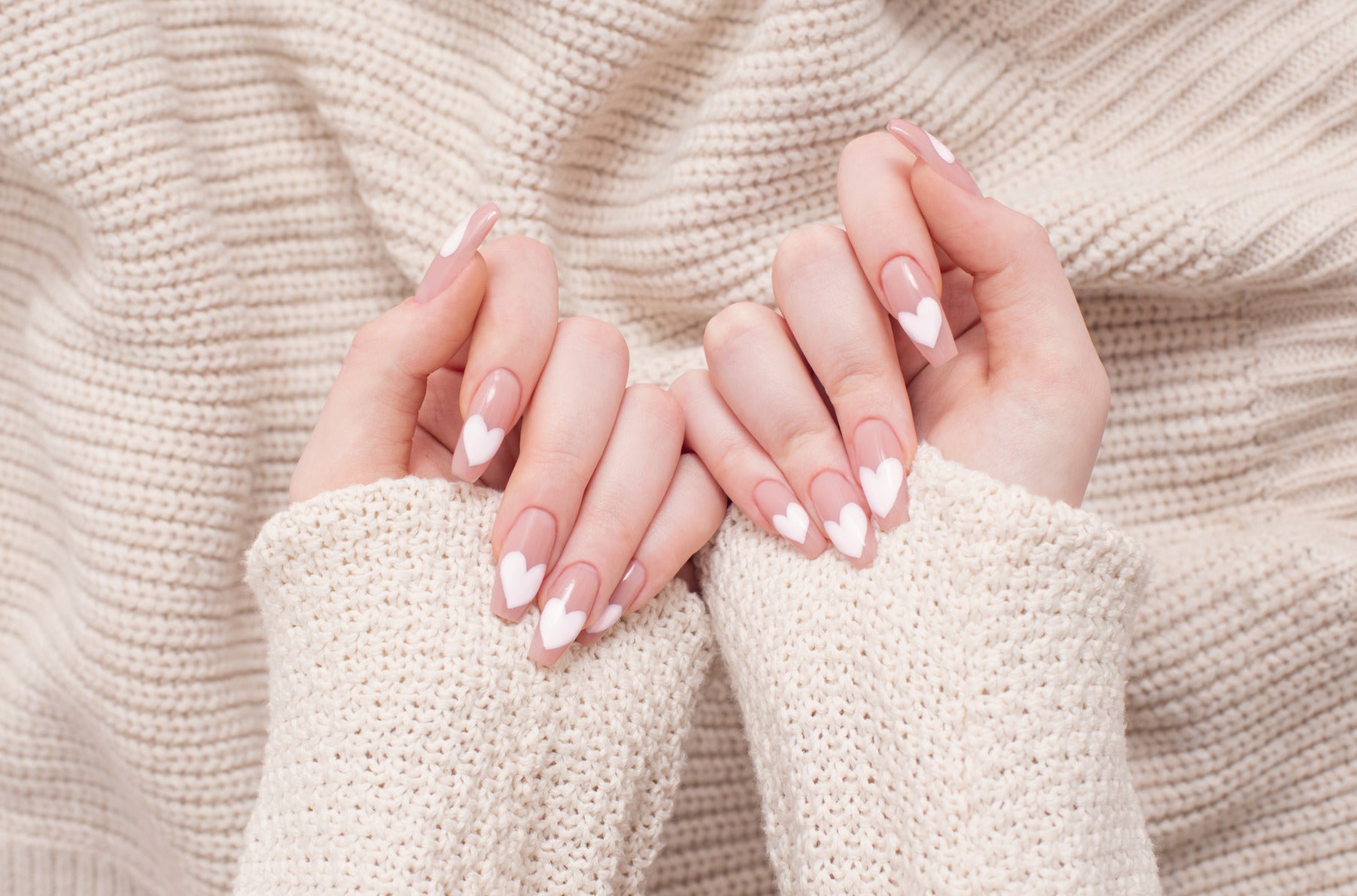Effective Treatments for Gel Polish Allergies
Gel nail polish has revolutionised the beauty industry. It's durable, glossy, and lasts longer than traditional polish.
However, it's not without its drawbacks.
One of the most common issues is gel nail polish allergy. This can cause discomfort and even damage to the nails and surrounding skin.
Understanding the causes, symptoms, and treatments for this allergy is crucial. Especially for aspiring nail technicians and those who frequently use gel polish.
This article aims to provide a comprehensive guide on gel nail polish allergy treatment. It will also offer preventive measures to ensure safe and healthy nail care practices.
Whether you're a professional in the beauty industry or a nail polish enthusiast, this information will be invaluable. Let's delve into the world of nail polish allergies and how to effectively manage them.
Understanding Gel Nail Polish Allergies
Gel nail polish allergies are increasingly common. They result from sensitivity to chemicals found in gel polish formulas.
These allergies manifest as contact dermatitis. This condition causes red, itchy, and inflamed skin around the nails.
Here are some common reactions experienced by individuals:
- Itching and redness around the nails
- Swelling of fingers and cuticles
- Skin peeling or blisters
These symptoms appear shortly after exposure. Identifying the root cause is crucial for effective management.
Education is key for nail technicians to prevent these reactions. It's essential to know what ingredients may cause allergies.
Common Symptoms and Causes
The most common symptom is skin irritation. This could include redness and swelling around the nails.
Other symptoms might include itching and blistering. These can be uncomfortable and unsightly.
The primary cause is repeated exposure to allergens in the polish. Identifying these can aid in preventing further reactions.
Identifying Allergens in Gel Polish
Gel polishes contain several potential allergens. Formaldehyde, toluene, and dibutyl phthalate are typical culprits.
Methacrylate compounds are also significant triggers. These chemicals help the polish adhere but often cause irritation.
Awareness of these specific allergens is beneficial. It aids in selecting safer, hypoallergenic options for those with sensitivities.
Immediate Allergy Treatment Steps
First, remove the gel polish immediately. This is crucial to stop further exposure to allergens.
Gently cleanse the affected area with mild soap and water. This helps to clear any remaining allergenic particles.
Next, apply a soothing moisturiser. This will aid in repairing the damaged skin and reduce itching.
Consider using a cold compress if there's significant swelling. This simple method can provide quick relief and reduce inflammation.
Over-the-Counter Remedies and When to Seek Medical Help
For mild reactions, antihistamines can alleviate itching. Hydrocortisone creams may also help reduce inflammation.
These treatments should bring relief within a few days. However, if symptoms persist or worsen, consult a healthcare professional.
Severe reactions, like extensive swelling or infection, require immediate medical attention. Such cases may need prescription treatments or further allergy testing.
Preventive Measures for Nail Technicians
Prevention is key in managing nail polish allergies. As a nail technician, it's essential to adopt protective strategies.
First, always conduct a client consultation. This helps identify any known allergies beforehand.
Keep a record of the products used on each client. This practice ensures traceability if an allergy arises.
Consider implementing the following measures:
- Opt for hypoallergenic products
- Maintain proper ventilation
- Wear protective gloves
- Educate clients on potential allergens
Using hypoallergenic products minimises risk. They are specifically formulated to contain fewer irritants.
Effective ventilation in the workspace reduces airborne allergens. It also helps disperse fumes from gel polish applications.
Wearing protective gloves shields your skin from direct contact with allergens. This simple step is highly effective.
Finally, educating clients about potential allergens fosters trust. They'll appreciate the proactive approach, enhancing your professional reputation.
Safe Application and Removal Techniques
Applying and removing gel polish safely is crucial. Begin by choosing a well-ventilated space for the process.
Ensure proper curing of the gel polish. Incomplete curing can increase the risk of allergens.
When removing gel polish, use acetone sparingly. Overuse can dry and damage the skin.
Always follow recommended soak-off times. This prevents unnecessary exposure to the solvents.
Encourage clients to moisturise after removal. This helps maintain healthy, hydrated nails and cuticles.
Creating an Allergy-Aware Salon Environment
Creating an allergy-aware salon starts with client safety in mind. It requires commitment and diligence from the staff.
Invest in hypoallergenic and fragrance-free products. These are less likely to trigger allergic reactions.
Regularly clean tools and work surfaces. This minimises cross-contamination of potentially allergenic substances.
Display allergy information visibly. This keeps the salon staff informed and clients reassured.
Foster a culture of communication. Encourage clients to disclose allergies or sensitivities.
By taking these measures, your salon becomes a safer haven. Clients will appreciate the personalised attention to allergy prevention.
Hypoallergenic Alternatives and Safe Practices
For clients with sensitivity, hypoallergenic products offer a safer choice. These alternatives minimise the risk of triggering allergies.
When selecting products, focus on those free from formaldehyde, toluene, and dibutyl phthalate. These chemicals are common allergens in nail products.
Additionally, consider products with minimal ingredients. Fewer components can reduce the potential for allergic reactions.
Keep an eye out for industry certifications. These labels indicate adherence to safety standards.
Here are a few tips when seeking hypoallergenic options:
- Look for products labeled "hypoallergenic."
- Select brands with minimal chemical additives.
- Favour natural and organic formulas.
- Read ingredient labels carefully.
By integrating safe practices, you protect both clients and yourself. This proactive approach fosters a trustful environment and demonstrates professionalism.
Choosing the Right Products for Sensitive Clients
Choosing suitable products for sensitive clients requires attentiveness. Begin with a patch test to ensure safety.
Opt for hypoallergenic nail polishes. These products are designed to reduce the risk of irritation.
Consult manufacturers' guidelines and safety data sheets. This information helps in informed decision-making.
Communicate openly with clients about product choices. This transparency builds trust and encourages client satisfaction.
Incorporate client feedback to refine your selections. Continuous evaluation ensures that you keep pace with their needs.
By following these steps, you tailor your services to accommodate sensitive clients effectively. This thoughtful approach enhances your salon's reputation, fostering loyalty and trust among clientele.
The Role of Education in Managing Nail Polish Allergies
Education plays a vital role in managing nail polish allergies. Knowledge empowers nail technicians to make informed decisions.
Staying updated on the latest product formulations is crucial. This ensures clients' safety and satisfaction.
Training programs provide valuable insights into allergy management. They cover techniques for identifying and reducing risks.
Networking with other professionals is beneficial. Sharing experiences and solutions enhances collective knowledge.
Informed technicians can prevent allergic reactions and ensure a safe environment. This commitment to education demonstrates professionalism and care.
Continuous Learning and Professional Development
Continuous learning ensures nail technicians stay at the forefront of the industry. New products and methods constantly evolve.
Engage in workshops and seminars. These events offer insights into emerging trends and safety practices.
Certifications add to your credentials. They demonstrate a commitment to maintaining high standards of client care.
Regularly reviewing industry publications helps stay updated. This habit supports informed practice changes.
By embracing professional development, you sharpen skills and expand expertise. This dedication reinforces client trust and enhances career growth.
Conclusion and Key Takeaways
Effectively managing nail polish allergies involves knowledge, precaution, and ongoing learning. By applying these strategies, nail technicians can offer safer services.
Prioritising client safety through informed product choices and techniques fosters trust. This commitment not only protects clients but enhances professional reputations.






